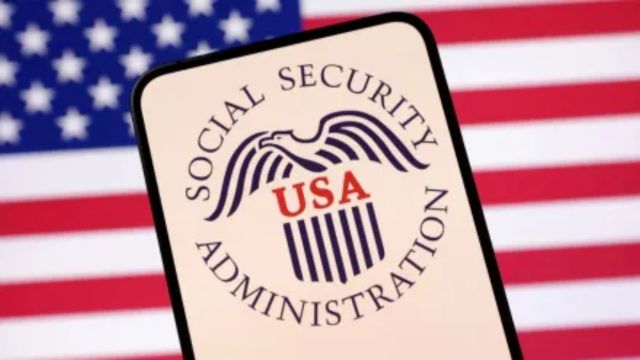July brings planned dates for Social Security Disability Insurance (SSDI) and Supplemental Security Income (SSI) payments, as well as vital reminders concerning updated amounts and an imminent digital changeover that all beneficiaries should be aware of so they can act before it’s too late.
The Social Security Administration (SSA) bases its schedule on two key factors: the date the benefit was first claimed (before or after May 1997), and the primary beneficiary’s birthday. Payments are classified depending on this.
July 2025 SSDI payments: Four dates for over 7 million beneficiaries
The payments to SSI beneficiaries begin on July 1st. This is followed by the July 3rd round of deposits for a select group: those who began receiving SSDI benefits before May 1997, those who also receive SSI, those who live overseas, and those whose Medicare premiums are paid for by the state.
Payment rounds have begun for anyone who sought benefits after May 1997. We go on to July 9th (the second Wednesday), which relates to individuals born between the first and tenth of the month. The following week, on July 16th (the third Wednesday), individuals born between the 11th and 20th will have their turn. Finally, individuals born between the 21st and 31st complete the cycle on July 23rd (the fourth Wednesday).
The July SSDI levels reflect the Cost of Living Allowance (COLA) adjustment that took effect in 2025. The average disabled worker earns $1,580 per month. If the worker has a spouse and children, the total average is $2,826. Single retirees earn an average of $1,976, retired couples $3,089, and widowed mothers with two children $3,761.
The maximum sums are exceptionally generous, although they are reserved for a tiny set of recipients (less than 5%, according to some estimates). The maximum monthly SSDI payout is $4,018 for those who have worked for at least 35 years and achieved a high income.
In contrast, you may notice that the maximum SSDI payout is less than the retirement benefit, which can reach $5,108 in 2025 for high-income individuals who postpone retirement until age 70.
Attention: Paper checks are going forever!
A significant change is on its way: the SSA will no longer use paper. Beginning in October 2025, the agency will fully abolish physical checks. All payments must be made either direct deposit into a bank account or using a Direct Express card.
This strategy aims to improve security, reduce postal delays and losses, and boost administrative efficiency. “By 2025, more than 90% of payments were made digitally, so this is a logical step,” according to the Social Security Administration.
What should the recipients do? First, make sure your bank accepts direct deposits. If you don’t have a bank account or don’t have access to one, you can apply for a Direct Express card.
In addition, you must examine and update your banking information at SSA.gov or your local office by October 2025. “Beginning that month, paper checks will no longer be available, with very limited exceptions,” according to the guidelines.
Those who wish to request an exemption may do so, but the SSA will only grant it to those in very specific circumstances, such as those who live in areas far from large urban centers and do not have easy access to a bank, or those who, due to their geographic location, must prioritize payment by paper check because cash is the preferred payment method in the surrounding areas.
If you are still receiving checks, initiate direct deposit right now. If you are experiencing missed payments or banking issues, please contact the SSA at SSA.gov or 1-800-772-1213.











